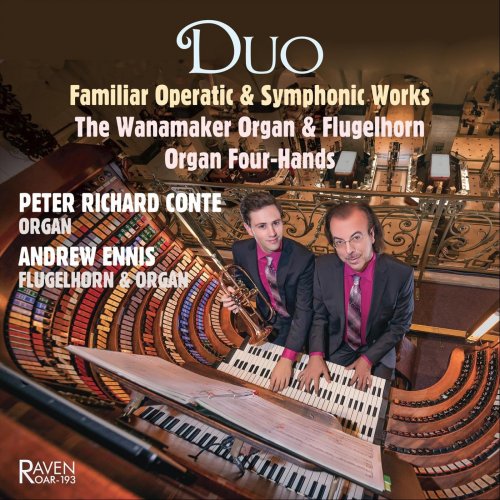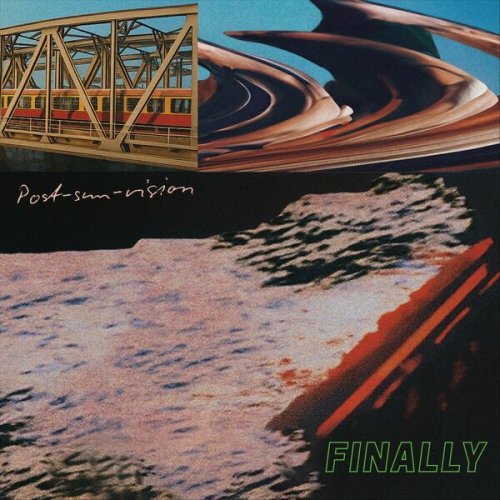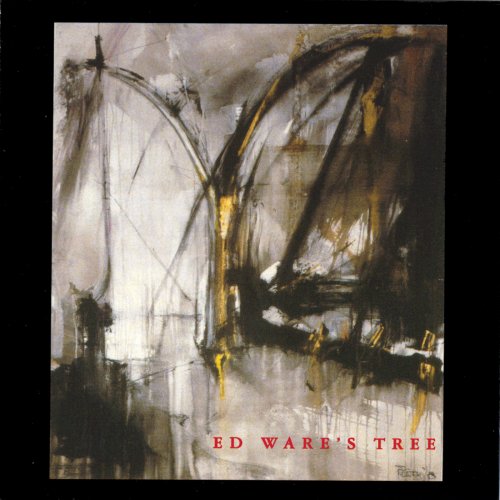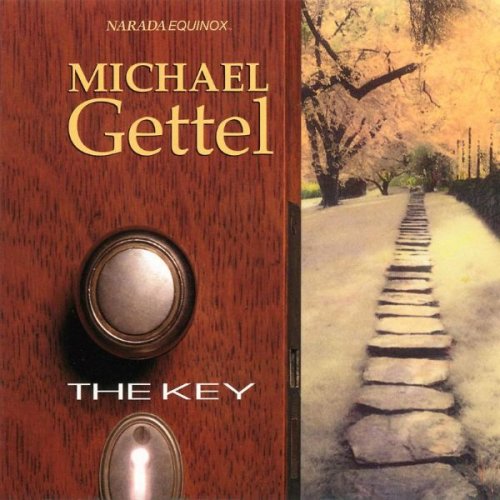Peter Richard Conte & Andrew Ennis - Duo: Familiar Operatic & Symphonic Works (2025)

Artist: Peter Richard Conte, Andrew Ennis
Title: Duo: Familiar Operatic & Symphonic Works
Year Of Release: 2025
Label: Raven
Genre: Classical
Quality: FLAC (tracks)
Total Time: 1:10:58
Total Size: 330 MB
WebSite: Album Preview
Tracklist:Title: Duo: Familiar Operatic & Symphonic Works
Year Of Release: 2025
Label: Raven
Genre: Classical
Quality: FLAC (tracks)
Total Time: 1:10:58
Total Size: 330 MB
WebSite: Album Preview
1. Peter Richard Conte & Andrew Ennis – La Boheme: Quando m’en vo (03:04)
2. Peter Richard Conte & Andrew Ennis – Four Last Songs: September (05:58)
3. Peter Richard Conte & Andrew Ennis – The Merry Widow: Vilja Lied (06:19)
4. Peter Richard Conte & Andrew Ennis – Rinaldo: Lascia ch’io pianga (05:56)
5. Peter Richard Conte & Andrew Ennis – Lakmé: Flower Duet (05:52)
6. Peter Richard Conte & Andrew Ennis – A Midsummer Night’s Dream, No. 7: Nocturne (05:09)
7. Peter Richard Conte & Andrew Ennis – Scheherazade: I. The Sea and Sinbad’s Ship (10:01)
8. Peter Richard Conte & Andrew Ennis – Gianni Schicchi: O mio babbino caro (02:43)
9. Peter Richard Conte & Andrew Ennis – Gabriel's Oboe (03:13)
10. Peter Richard Conte & Andrew Ennis – Cavalleria rusticana: Regina Coeli (05:46)
11. Peter Richard Conte & Andrew Ennis – Pines of Rome, Mvt. 2: Pines Near a Catacomb (08:07)
12. Peter Richard Conte & Andrew Ennis – Pines of Rome, Mvt. 4: Pines of the Appian Way (05:31)
13. Peter Richard Conte & Andrew Ennis – Carnival of the Animals, Mvt. 13: The Swan (03:15)
Heard on this recording are the famous Wanamaker pipe organ in Philadelphia and the flugelhorn.
The flugelhorn is similar to a trumpet but has a wider bore, thus produces a more mellow and dark tone when compared to the trumpet or cornet. Its tone is sometimes described as halfway between a trumpet and a French horn. Its most similar predecessor is the soprano variant of the saxhorn developed in the late 1830s by Adolphe Sax (1814-1894), patented by him in 1845, and produced ten in variants. Sax, creator of the saxophone, was the son of the Belgian instrument-making family. The saxhorn derived from an earlier 19th-century German evolution of the valveless English bugle, to which valves were added.
The Wanamaker Organ came to Philadelphia in 1909 and had been erected and playing by 1911 in the Wanamaker Department Store located in the building where the organ still exists. The organ was built in 1904 by the Los Angeles Art Organ Company and installed at the St. Louis World’s Fair before its intended destination, the Convention Hall in Kansas City, Missouri, but it never arrived in Kansas City. Having been promoted as the world’s largest pipe organ, with more than 10,000 pipes, it was enthusiastically received at the Fair, with well-known concert organists of the day playing it for the crowds. In his first American concert tour, celebrated French organist Alexandre Guilmant played forty concerts on it in a six-week period. The organ was heard at the Fair from its opening on April 30, 1904, and its closing on December 1.
After the St. Louis World’s Fair, developers of the Kansas City Convention Hall shunned the organ, perhaps in response to the financial debacle befalling organbuilder Murray Harris, who originally held the contract for the Convention Hall organ but whose company reorganized as the Los Angeles Art Organ Company. The organ was stored in St. Louis after the Fair, its future unknown. In 1909, John Wanamaker acquired the organ after longer than four years of storage. Its installation in the Philadelphia store was complete two years later.
How could it be that the world’s largest organ (or nearly so) be deemed inadequate for the musical needs of a department store? Indeed, what are the musical needs of a department store? John Wanamaker and his son, Rodman, eventually made those decisions with great success for the store’s reputation and for the organ.
Though pleasing, the organ’s 1911 tonal results were deemed inadequate to fill the huge Grand Court of the store. Thus, the Wanamakers established their own organbuilding workshop in the building, employing up to 40 full-time organbuiders to enlarge the organ. More than 8,000 pipes were added by 1917, and another 10,000 pipes by 1930, bringing the total to 28,750 pipes. The original five-manual console was replaced in 1928 with the current six-manual console which has 728 stop tablets, 168 piston buttons, and 42 controls operated by the feet (in addition to the 32-note pedal keyboard). The specification of the organ appears on pages 11-14 of booklet which accompanies the CD.
The flugelhorn is similar to a trumpet but has a wider bore, thus produces a more mellow and dark tone when compared to the trumpet or cornet. Its tone is sometimes described as halfway between a trumpet and a French horn. Its most similar predecessor is the soprano variant of the saxhorn developed in the late 1830s by Adolphe Sax (1814-1894), patented by him in 1845, and produced ten in variants. Sax, creator of the saxophone, was the son of the Belgian instrument-making family. The saxhorn derived from an earlier 19th-century German evolution of the valveless English bugle, to which valves were added.
The Wanamaker Organ came to Philadelphia in 1909 and had been erected and playing by 1911 in the Wanamaker Department Store located in the building where the organ still exists. The organ was built in 1904 by the Los Angeles Art Organ Company and installed at the St. Louis World’s Fair before its intended destination, the Convention Hall in Kansas City, Missouri, but it never arrived in Kansas City. Having been promoted as the world’s largest pipe organ, with more than 10,000 pipes, it was enthusiastically received at the Fair, with well-known concert organists of the day playing it for the crowds. In his first American concert tour, celebrated French organist Alexandre Guilmant played forty concerts on it in a six-week period. The organ was heard at the Fair from its opening on April 30, 1904, and its closing on December 1.
After the St. Louis World’s Fair, developers of the Kansas City Convention Hall shunned the organ, perhaps in response to the financial debacle befalling organbuilder Murray Harris, who originally held the contract for the Convention Hall organ but whose company reorganized as the Los Angeles Art Organ Company. The organ was stored in St. Louis after the Fair, its future unknown. In 1909, John Wanamaker acquired the organ after longer than four years of storage. Its installation in the Philadelphia store was complete two years later.
How could it be that the world’s largest organ (or nearly so) be deemed inadequate for the musical needs of a department store? Indeed, what are the musical needs of a department store? John Wanamaker and his son, Rodman, eventually made those decisions with great success for the store’s reputation and for the organ.
Though pleasing, the organ’s 1911 tonal results were deemed inadequate to fill the huge Grand Court of the store. Thus, the Wanamakers established their own organbuilding workshop in the building, employing up to 40 full-time organbuiders to enlarge the organ. More than 8,000 pipes were added by 1917, and another 10,000 pipes by 1930, bringing the total to 28,750 pipes. The original five-manual console was replaced in 1928 with the current six-manual console which has 728 stop tablets, 168 piston buttons, and 42 controls operated by the feet (in addition to the 32-note pedal keyboard). The specification of the organ appears on pages 11-14 of booklet which accompanies the CD.






![Frank Sinatra - Christmas (Remastered) (2013) [Hi-Res] Frank Sinatra - Christmas (Remastered) (2013) [Hi-Res]](https://www.dibpic.com/uploads/posts/2025-12/1765618088_fsc500.jpg)

